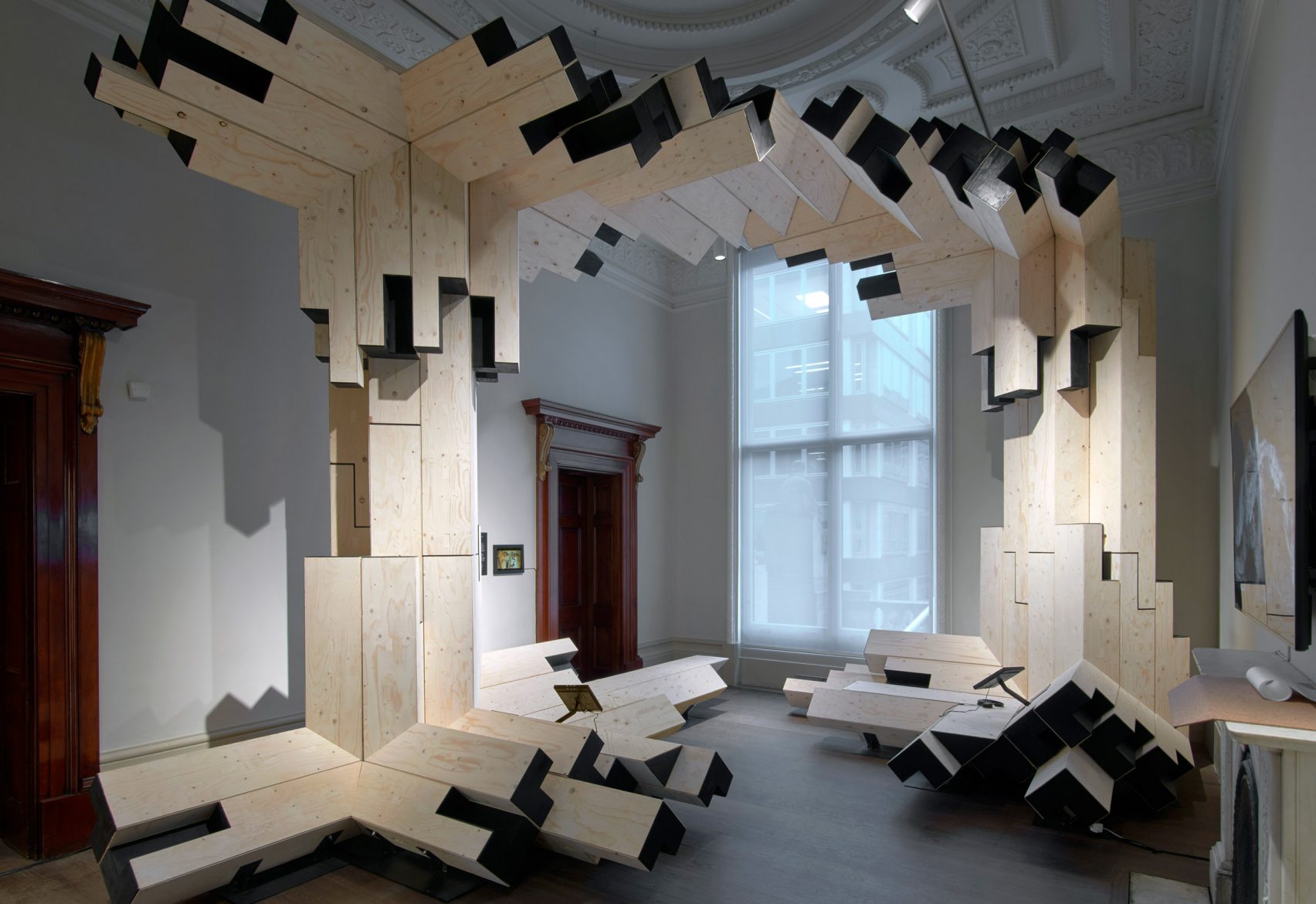www.dezeen.com: The Royal Academy of Arts has unveiled a series of installations that show how virtual and augmented reality technologies can change the experience of buildings and spaces.
The four installations were created by architect Gilles Retsin, 3D-scanning studio ScanLAB, designer Keiichi Matsuda and design studio Soft Bodies.

4 comments:
I've been reading a book called "Dawn of the New Everything" that was written by one of the people who essentially created VR. It's essentially part autobiography part commentary on what VR was and where it's going. One of the schools of thought he spends the most time on is how when it first came out, him and his colleagues considered VR to be "The closest you could get to living within a dream." He spends a lot of time commenting on how VR has now become more accessible than it ever has been, but it is also more trivial and surface level. This really struck home to me, because VR could be so much more than we are forcing it to be. With installations like this, "mediated reality" is being expanded to not just be a scenario you live out, but instead the creation of an environment and a reality itself, that you shape and a story which you create. I would love if VR could go back towards that waking dream ideal of the past. We have video games, but what we're lacking is truly surreal experience in a universe that has been entirely created around us.
I've been looking at a lot of uses of Virtual/Augmented reality used to change the “experience” of buildings and spaces, making you go somewhere you actually aren’t. I loved how they explored blurring the boundaries between physical and virtual at the royal academy of arts. The mixed medium really good at making the audience question what they see as real. I love how they did it. I like their choice of materials they used for their “real” part of the piece, simple and clean. I enjoy how they left the plywood exposed instead of painting over it. I wish the article gave more example/pictures of the result of the meshing. More examples of what the people who come to see the exhibit see. I wish I was able to see the final product in person, but hearing how they did it is cool and inspiring on it’s own.
I am always excited about the idea of expressing how a art piece was designed, scoped and executed, and through the latest technology like augmented reality or virtual reality, the tool we have on this topic is grow ever fancy and splendid. In comparing to expression methods from the past such as talkbacks or on-site presentation, digital recording media allows a more flexible and detailed way of telling a story behind a collaborative work. The process artist done in the digital dimension of world which usually hard to represent on 2D or oral medium now is more intuitive for audience to understand with delicate edited cut scene/trailer in whether 3D or immersive devices. One more advantage of introducing collective medium into art scene is that the large amount of labor we usually had to throw to hold a exhibition can be reduced, artists can leave the site while still expressing their idea in multiple ways without too many technical limits.
I’ve been fascinated in Virtual Reality for a while, and I’m always so interested in the new ways people are using it. I love the idea of building worlds and spaces that are separate from your own, then actually being able to venture into those realms. I remember a while back reading an article about how there are now haunted houses that are trying out using virtual reality to create interactive spaces for scaring people; and another article about VR in theatre. I think the geometric interlocking structure they created for this is really cool looking, and I would’ve loved to have been able to see more pictures of what kinds of experiences and architectural mappings they were talking about in the article, since it’s a little bit hard to visualize. Overall, I think the combination of virtual/ augmented reality and the arts is exciting, and I’d love to get to experience more of it in person.
Post a Comment